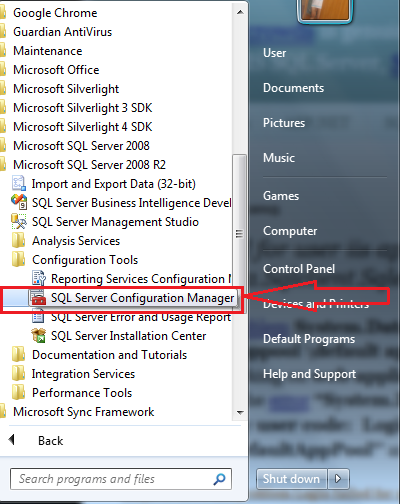
- #DOWNLOAD SQL SERVER 2008 R2 ANALYSIS SERVICES INSTALL#
- #DOWNLOAD SQL SERVER 2008 R2 ANALYSIS SERVICES UPGRADE#
Next it covers database administration and management principles with real-world examples. Packed with reusable, real-world recipes, the book starts by providing an overview of the server and specialized editions of SQL Server 2008 R2 technologies, features, and solutions. It shows how the SQL Server 2008 R2 system can be taken further. It contains over 85 practical, task-based, and immediately useable recipes covering a wide range of advanced administration techniques for administering a high-performance SQL Server 2008 R2 system and solving specific administration problems. To learn more, see Compatibility level of a multidimensional database (Analysis Services) and Compatibility level for Analysis Services tabular models for more information.This practical cookbook will show you the advanced administration techniques for managing and administering a scalable and high-performance SQL Server 2008 R2 system. Modes will advance at different rates if feature changes impact only one of them.įor background purposes, the following table summarizes the compatibility levels, but you should review the detail articles to understand what each level provides. It's coincidental that both multidimensional and tabular models have similar numbered compatibility levels. Tabular and multidimensional databases follow different version paths.
#DOWNLOAD SQL SERVER 2008 R2 ANALYSIS SERVICES UPGRADE#
To upgrade a database, you typically upgrade the model in SQL Server Data Tools (SSDT) and then deploy the solution to an upgraded server instance. Generally, you can upgrade a database or model to operate at a higher compatibility level to gain access to new features, but be aware that doing so binds you to a specific server version. Test backup and restore operations on the upgraded server, adjusting scripts to use the new server name.ĭatabases that were created in previous versions run on the upgraded server with the original compatibility level setting. To learn more, see Configure service accounts (Analysis Services). If you are using default service account for connections, the new service runs under a different account.

Test processing operations, correcting any login or permission issues. You should see faster performance for both multidimensional and tabular workloads. Test reports, spreadsheets, and dashboards to confirm there is no adverse change to behavior or calculations. To learn more, see Database Consistency Checker (DBCC) for Analysis Services tabular and multidimensional databases. For multidimensional models, only the partition indexes are checked. Tabular models undergo more thorough checking, with tests for orphaned objects throughout the model hierarchy. Run DBCC to check for database integrity. To learn more, see Post-install configuration (Analysis Services).

#DOWNLOAD SQL SERVER 2008 R2 ANALYSIS SERVICES INSTALL#
Install a new instance of Analysis Services, choosing the same server mode (tabular or multidimensional) as the server you intend to replace.įollow post-installation tasks for configuring ports and adding server administrators. If possible, collect performance measurements so that you can run comparisons against the same workloads on an upgraded server. Identify a subset of reports, spreadsheets, or dashboard snapshots to use later as the basis for confirming post-upgrade server operations. To learn more, see Backup and restore Analysis Services databases. Side-by-side upgradeīackup all databases and verify that each can be restored. To upgrade an existing instance, run Setup and specify the name of the existing instance as the name of the new instance. Because the metadata and binary data is compatible between the two versions, you will retain the data after you upgrade and you do not have to manually migrate the data. The upgrade process automatically migrates existing databases from the old instance to the new instance.


The compatibility levels of databases that are attached to a given server remain the same unless you manually change them.


 0 kommentar(er)
0 kommentar(er)
